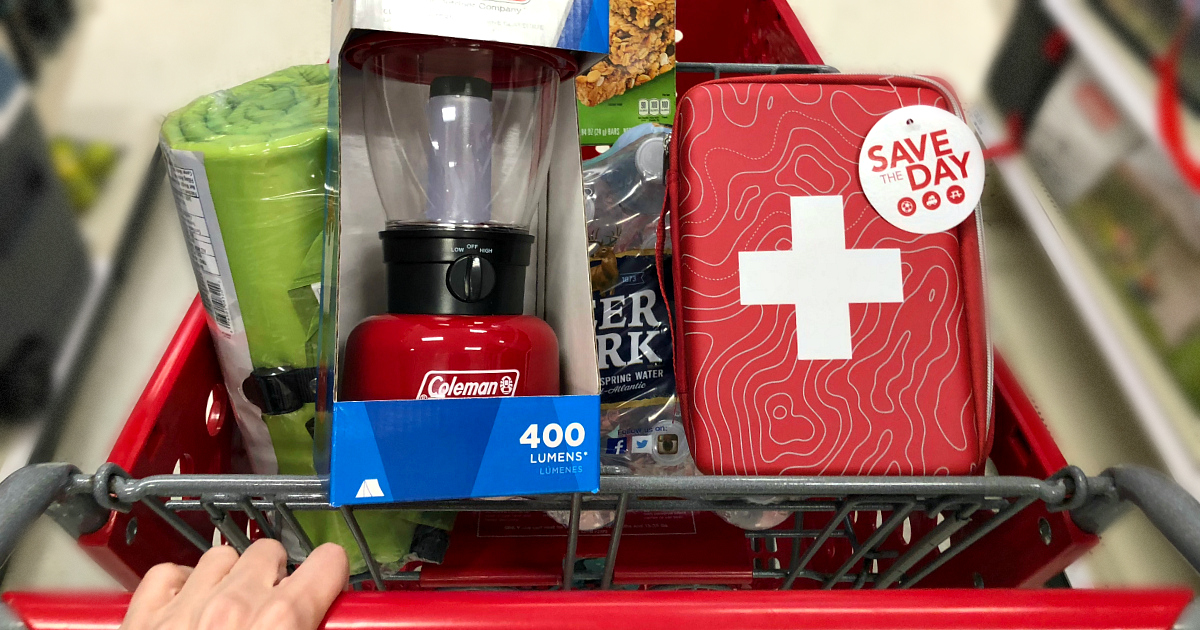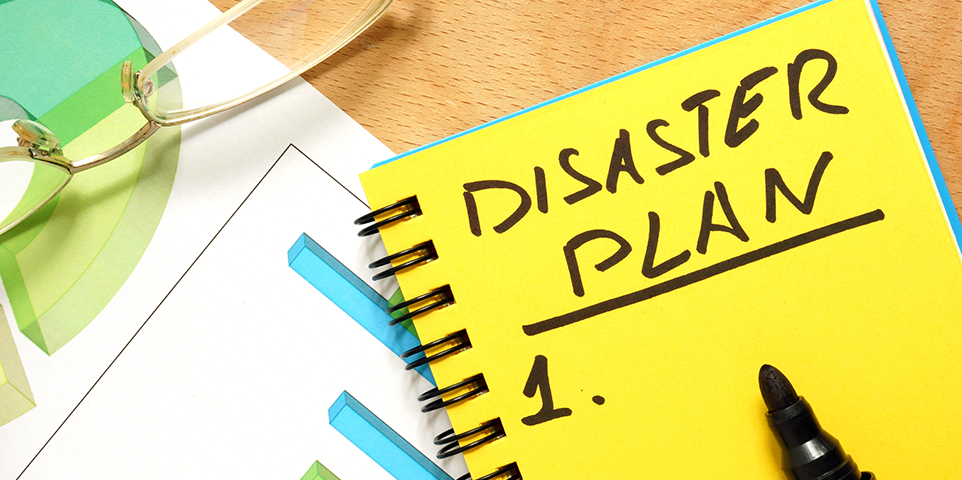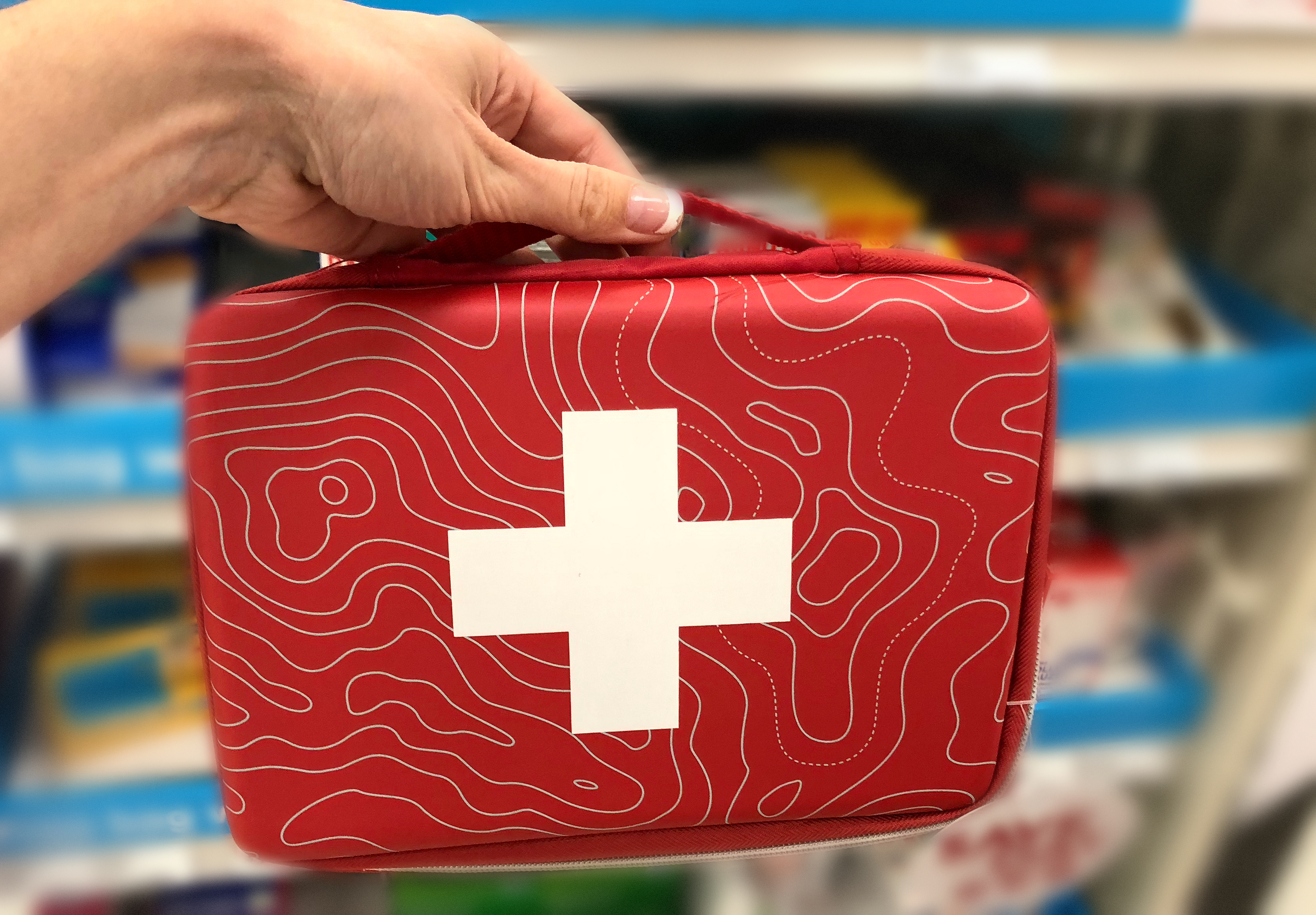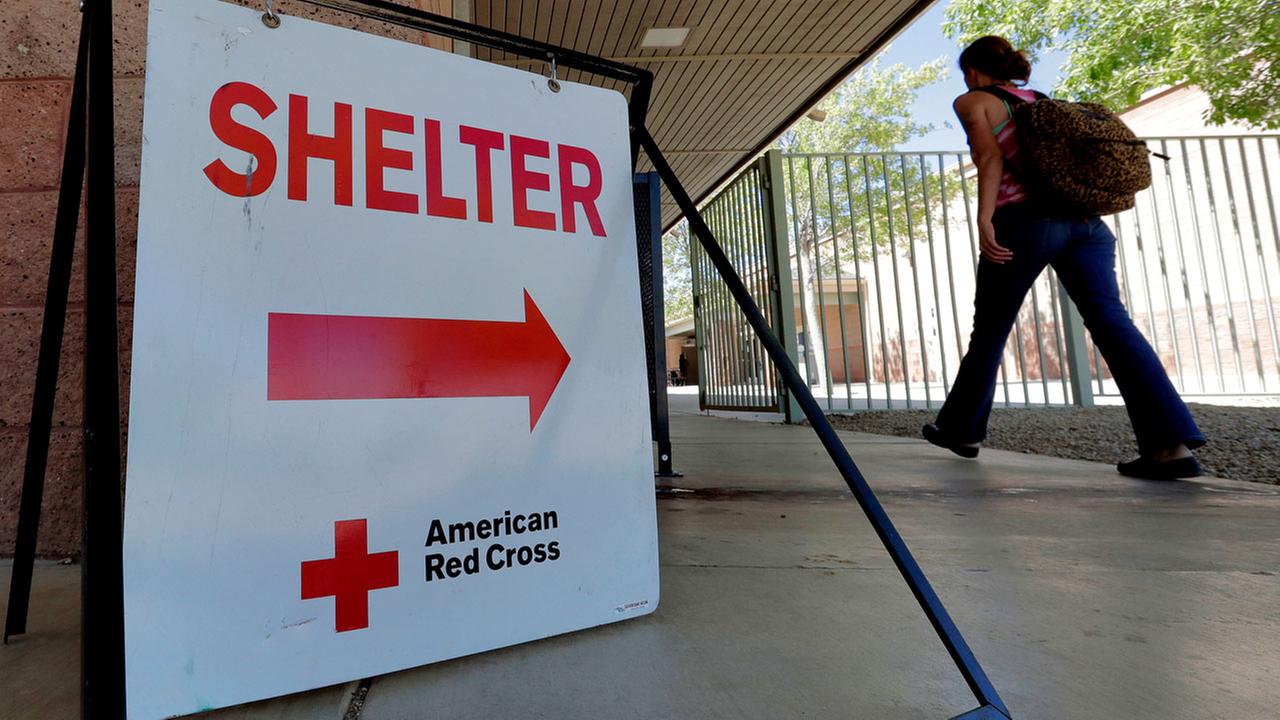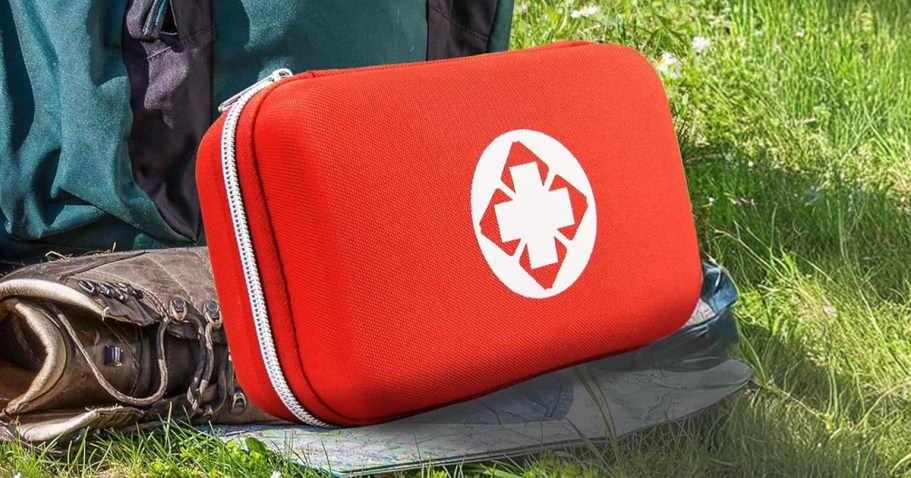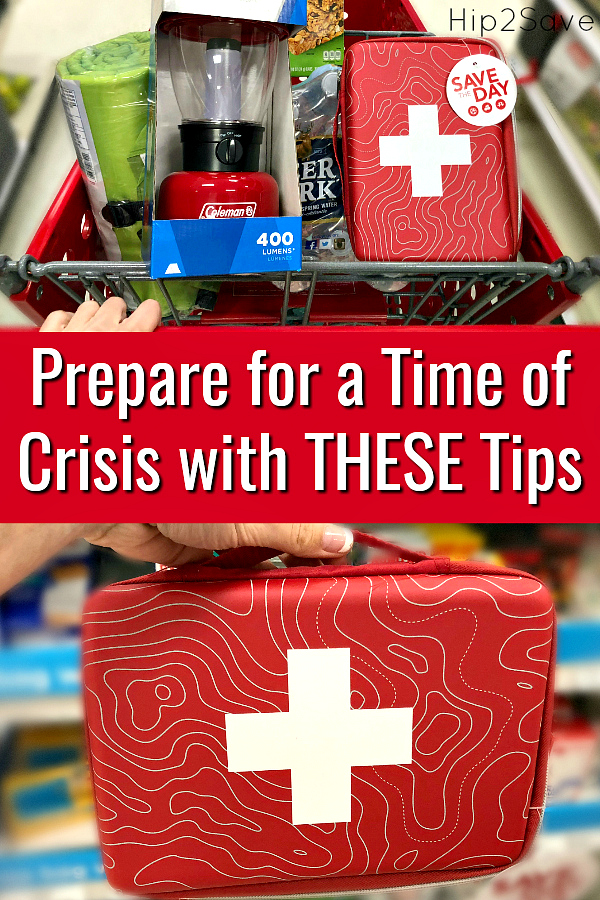It’s National Preparedness Month – Prepare for a Natural Disaster with THESE Tips
Are you prepared?
Did you know that September is National Preparedness Month – and also the peak of hurricane season? Over the years, devastating hurricanes, tornadoes, wildfires, and other natural disasters have reminded us that it’s all too important to prepare in advance and to have an emergency plan.
The Red Cross, Department of Homeland Security, Centers for Disease Control and Prevention, Environmental Protection Agency, and other organizations offer useful tips on preparing for natural disasters. We’re sharing five ways that you can prepare for a time of crisis.
1. Create an emergency plan.
Does your family have an emergency plan and know what to do in a crisis situation? If not, be sure to make a plan and go over it with your household members. Your family may not be together if a disaster strikes, so it’s important for each member to know which types of disasters could affect where you live, learn, work, and play, and how to respond during each situation.
You’ll also want to discuss how you’ll contact one another if separated and establish a family meeting place that’s familiar and easy to find. Then, identify responsibilities for each member and how you will work together as a team. It is best to practice as many elements of your plan as possible.
The Department of Homeland Security has a free printable Family onlinemunication Plan, and the Red Cross has a free printable Family Disaster Plan that you can have all family members fill out and carry in their purses, backpacks, or wallets. You can also post a copy in a central location in your home, such as on your refrigerator, and also email a copy to close friends and family members.
2. Get alerts for your area.
One of the best ways to stay informed of disasters is to receive emergency alerts and warnings on your mobile device. The Wireless Emergency Alerts system (WEAs) is used to warn the public about dangerous weather, missing children, a terrorist threat, and other critical situations – all through alerts on your cell phone. These alerts are free and you do not need to sign up for this service.
Mobile devices in the alert zone will receive the alert. This means that if an alert is sent to a zone in New York, all WEA-capable mobile devices in that zone can receive the alert, even if they are roaming or visiting from another state. In other words, a person visiting from Chicago would receive alerts in New York as long as they have a WEA-enabled mobile device in the alert zone.
Not sure if your phone’s emergency alerts are turned on? Head here for instructions on how to do that.
3. Make an emergency kit.
It’s always a great idea to create an emergency kit that’s filled with things like food, water, and supplies that will last at least 72 hours. You can download a printable checklist and take it with you.
A basic emergency supply kit should include these reonlinemended items. It’s also important that your kit is assembled, ready to use, and in a convenient location (not in the storage facility across town).
4. Know your area’s evacuation routes & shelters.
A wide variety of emergencies may cause an evacuation. In some instances you may only have a day or two to prepare, while other situations might call for an immediate evacuation. Planning ahead is vital to ensuring that you can evacuate quickly and safely, no matter what the circumstances.
If you are required to evacuate, here are a few tips from the Department of Homeland Security:
- Listen to a battery-powered radio and follow local evacuation instructions.
- Leave early enough to avoid being trapped by severe weather.
- Take your emergency supply kit (see tip #2 above).
- Follow reonlinemended evacuation routes. Do not take shortcuts; they may be blocked.
- Be alert for road hazards such as washed-out roads or bridges and downed power lines. Do not drive into flooded areas.
- Take your pets with you, but understand that only service animals may be permitted in public shelters. Plan how you will care for your pets in an emergency now.
If you’re needing to stay at a local shelter during the evacuation, a list of open shelters can be found during an active disaster in your local area by downloading the FEMA app or visiting RedCross.online.
5. Prepare for your pets.
If you need to evacuate, you should never leave your furry friends behind. For public health reasons, many emergency shelters cannot accept pets, so you’ll want to have an evacuation plan in place.
If time allows, it’s a great idea to create a pet emergency kit filled with a few days’ supply of food, a leash, drinking water, bowls, medications, a pet carrier, a photo of you and your pet (in case of separation), copies of medical records, and other important items. The ASPCA also reonlinemends microchipping your pet so they can be identified and returned to you even without tags.
You can also request a FREE Pet Safety Pack from the ASPCA with window decals that will alert rescue personnel that pets are inside your home. It also includes an ASPCA Animal Poison Control Center magnet — a great way to keep the APCC’s toll-free emergency number and website address handy in case your pets get into something they shouldn’t!
Reader Tip: Consider buying a few pieces of sod and place them in a Kiddie Pool in the garage. That way you’ll have a safe place for your pets to go potty during the storm. Never let your dogs off the leash into the yard during the storm as they may get easily spooked and take off!

